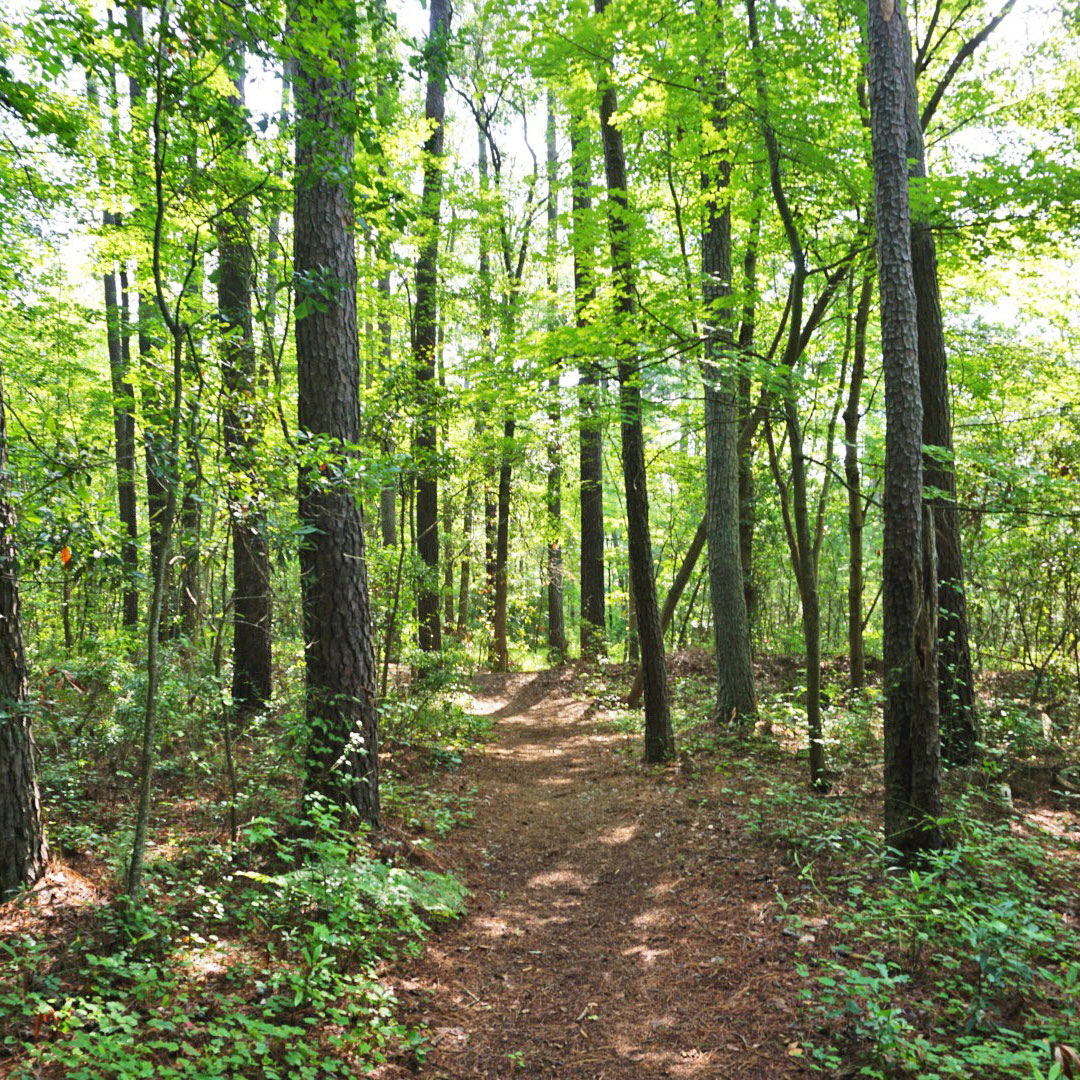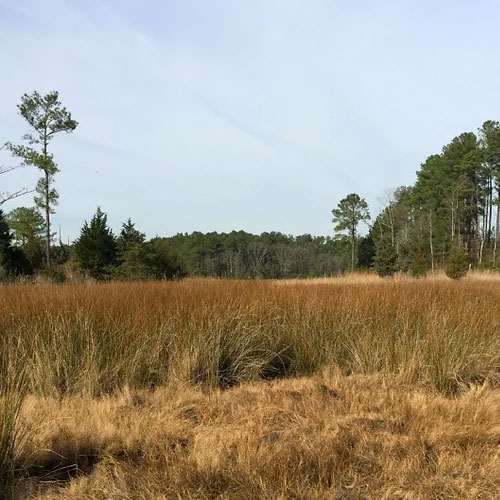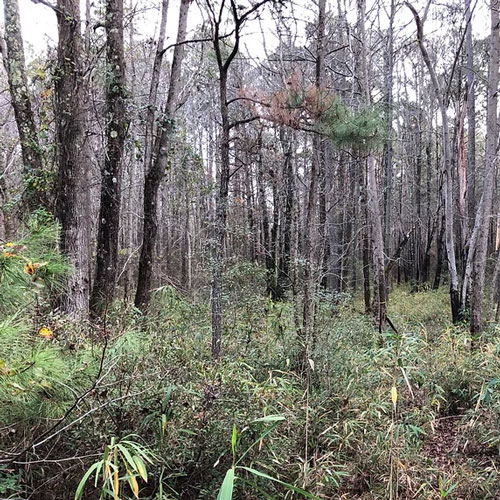Our Land
To date, Coastal Virginia Conservancy has conserved over 1,200 acres of forests, wetlands, and shorelines along the Elizabeth River that provide open spaces to recreate, reduce flooding and enhance resiliency, protect critical habitat, and ensure clean air and water. As the stewards of these conserved properties, the Conservancy ensures the conservation values are protected to provide the greatest public benefit.
Listed below are some of the properties Coastal Virginia Conservancy has protected through fee simple acquisition or conservation easement.
Locust Lane
Tucked away in a corner of Portsmouth along the Western Branch of the Elizabeth River, the Locust Lane property is just over 5 acres of urban oasis and was the first conservation easement to be recorded in the City of Portsmouth. As the holder of the conservation easement, the Conservancy will ensure the conservation values, including tidal wetlands, riparian buffers, a small tidal tributary and even a protected oyster bed, are protected forever. The property has been owned by the same family for generations.


Newton Neck
CVC placed a conservation easement on the Newton Neck property in 2022. The Vann family then generously sold the property for the city to create one of Chesapeake’s newest parks. Trails wind through wooded paths while the edge of the property gently slopes to the Elizabeth River.
New Mill Creek Wetland Mitigation Bank
The New Mill Creek Wetland Mitigation Bank is located in Chesapeake and consists of tidal and non-tidal wetlands, and forested areas along New Mill Creek, a tributary to the Elizabeth River. The Conservancy holds a conservation easement over the property, ensuring that the property will remain undeveloped and in a natural state for perpetuity.


Chesapeake Wetland Mitigation Bank
The Chesapeake Wetland Mitigation Bank is located in the historic Sunray community in Chesapeake and consists of over 500 acres of forested non-tidal wetlands and upland areas adjacent to the Great Dismal Swamp National Wildlife Refuge. The Conservancy holds a conservation easement over the property, ensuring that it will remain undeveloped and protecting its conservation values in perpetuity.
